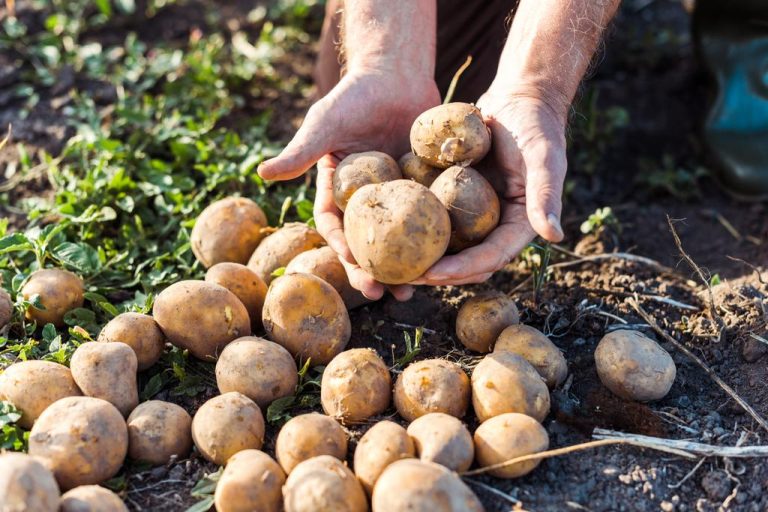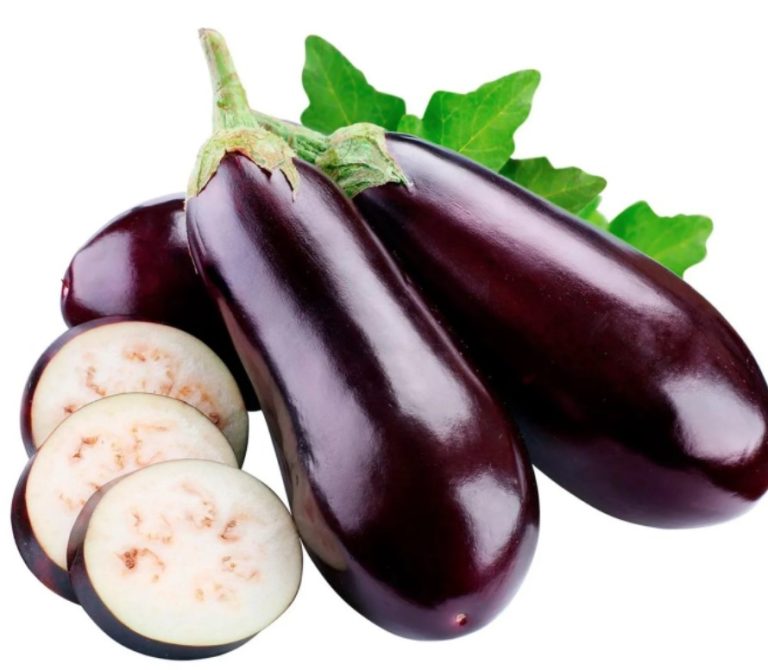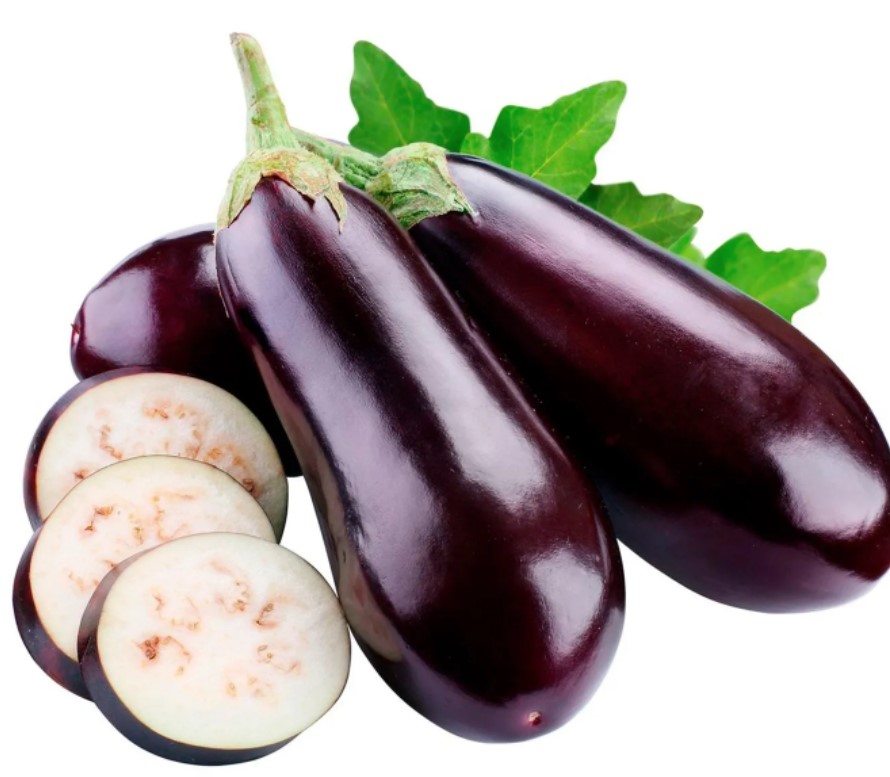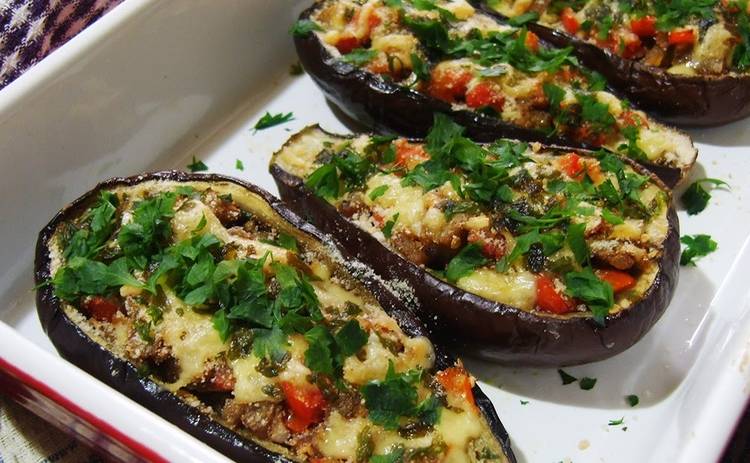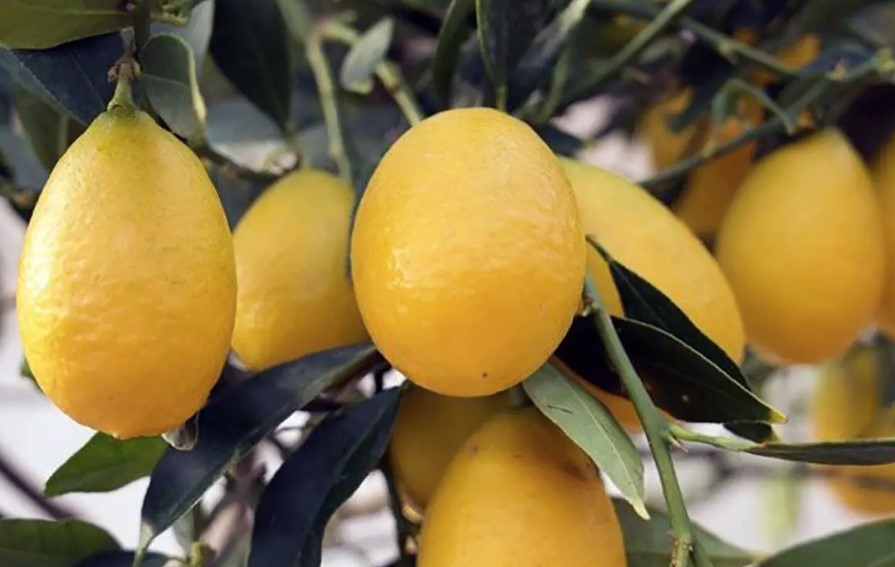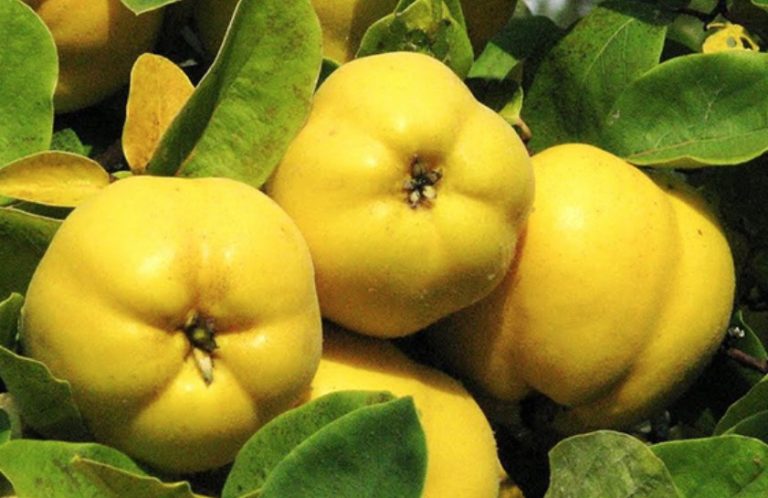Storing potatoes properly is not difficult at all. The most important thing is that you protect them from light. Otherwise they will quickly start to germinate or turn green. Here you can find out what else you should pay attention to.
Store potatoes correctly: protect from heat and light
Potatoes begin to germinate quickly in warmth and light. The toxic germs cannot be eaten and they deprive the potato of important nutrients. As a result, it shrinks and loses flavor and firmness. Sprouted potatoes can have high concentrations of toxic glycoalkaloids. This substance is also contained in green potatoes and makes them intolerable. You can prevent or at least delay the potatoes from germinating and turning green by storing them correctly.
In addition, potatoes can easily go moldy – even one affected tuber can spread the rot to many other potatoes and possibly make the entire harvest unusable.
With a little experience, you can even store potatoes for many months until the next season. This is practical because you can buy local potatoes in advance without long transport routes. The late potatoes are ripe in September and October, the early potatoes as early as June.
7 tips for storing potatoes properly
Choose a dark place for storage: for example your pantry, the basement or a shed in the garden. If you don’t have all of this available, you can also store the potatoes in a linen bag in the kitchen to protect them from light.
Pay attention to low temperatures, because the potatoes start to sprout from around 10°C. At the same time, it must not get colder than 4° C, otherwise the starch in the tubers will turn into sugar, which will affect the taste. Ideal for storing potatoes is 4°C to 8°C.
Protect the potatoes from frost (e.g. when storing them in the garden or in cold cellars) and never put them in the freezer.
Store them in a dry and airy place so the potatoes don’t get moldy or rot. A linen sack or a wooden box in which the potatoes are loosely stacked is suitable for storage. Plastic bags are unsuitable for storing potatoes. If you have enough space in the garden, you can also build a potato tower.
Check your potatoes from time to time: If small sprouts have formed, the affected tubers must be eaten as soon as possible. Rotten potatoes must be removed immediately and disposed of with organic waste. Regular rearranging also ensures adequate ventilation.
Store potatoes separately from fruit, especially apples. The ripening gas ethylene that many fruits give off will otherwise quickly spoil the potatoes.
Only undamaged potatoes with an intact skin and without bruises or sprouting are suitable for long-term storage over several months. Slightly damaged potatoes should be eaten quickly. If the potatoes are stored well distributed on slatted frames, they will keep for months.

